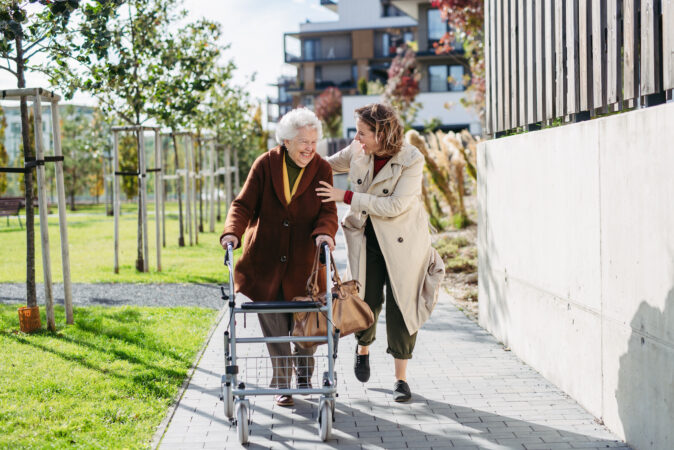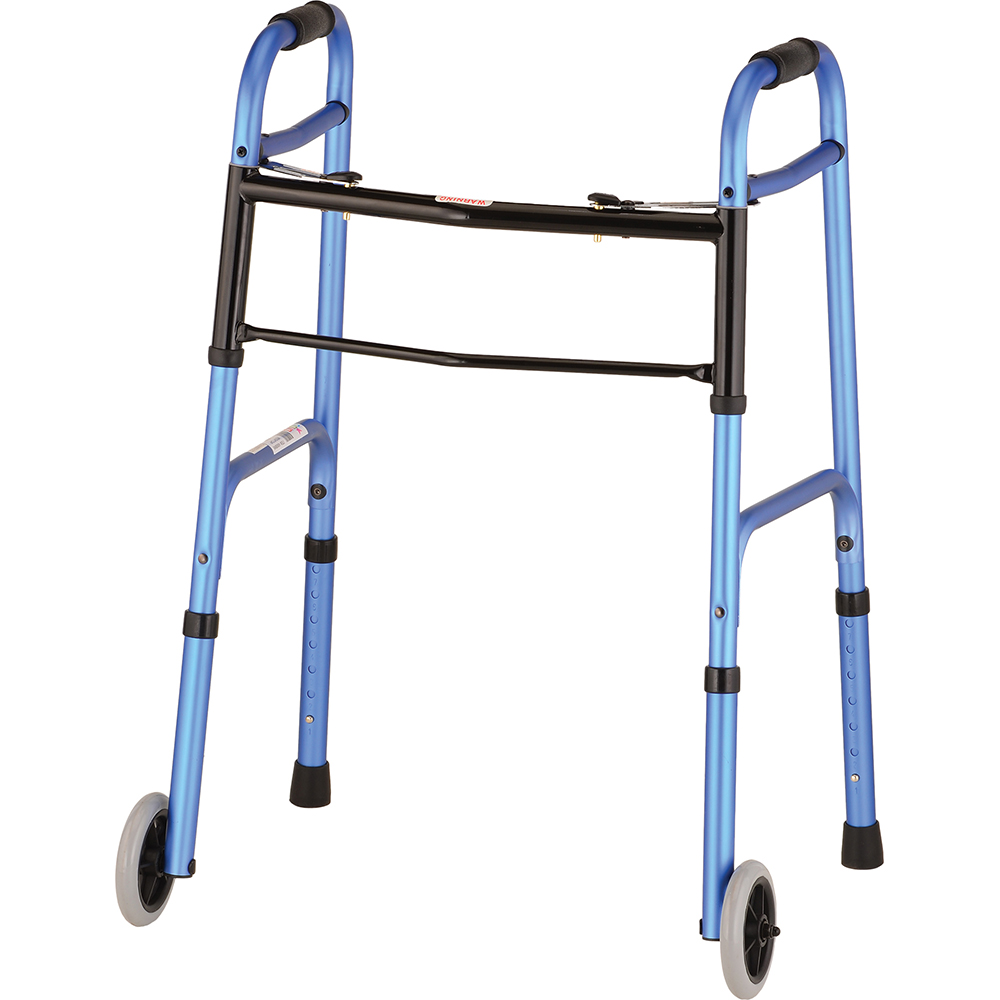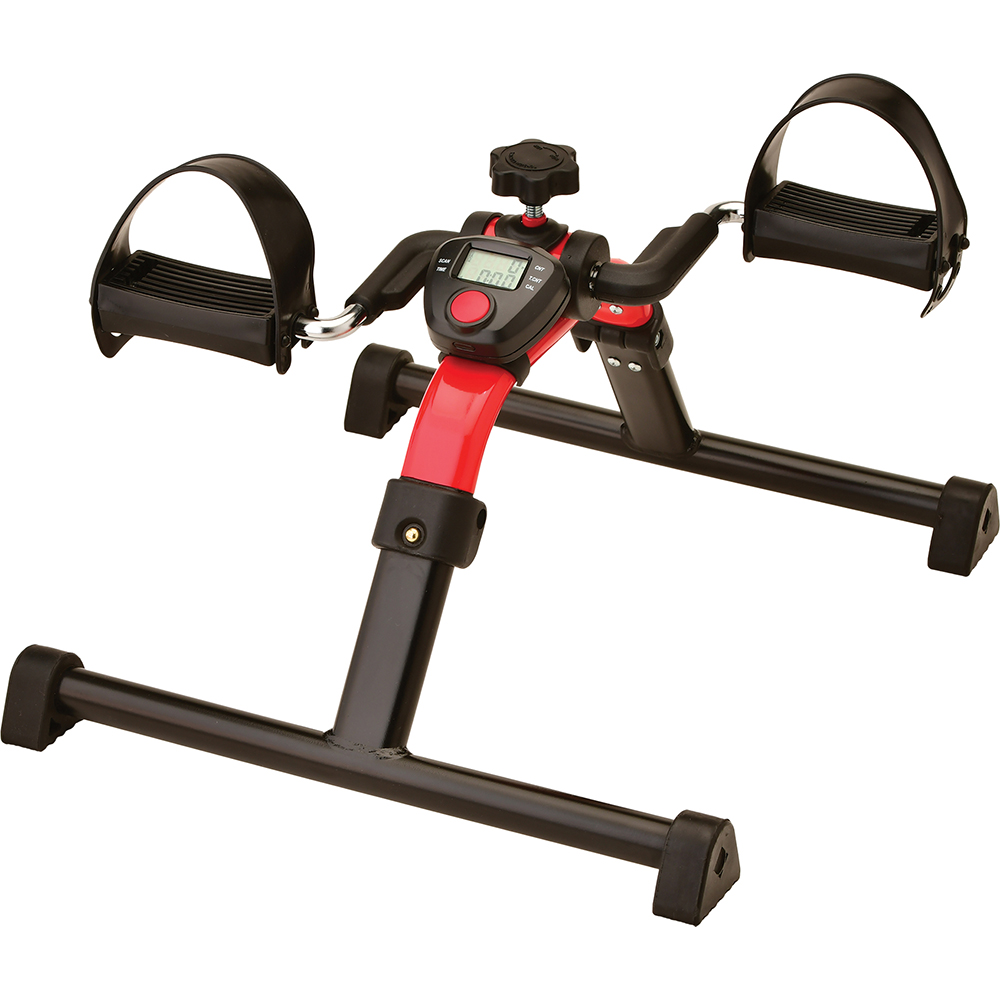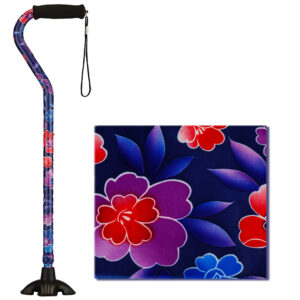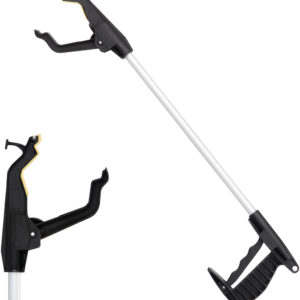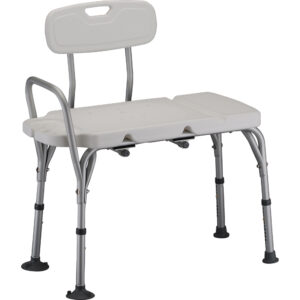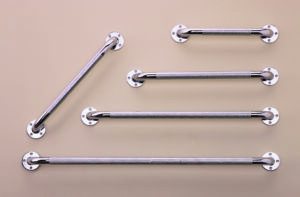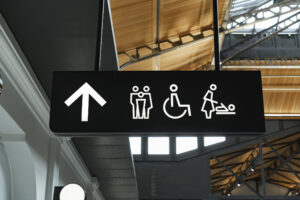Falls are the leading cause of injury for people age 65 and older, and more than 1 in 4 adults report a fall injury every year. This alarming statistic underscores the urgent need for action: falls not only pose a significant risk to the health and independence of older adults but also exact a heavy toll on society as a whole. Beyond the physical injuries they cause, falls can lead to psychological distress, diminished quality of life, and increased healthcare costs, impacting not only the individuals who fall but also their caregivers and family members.
At NOVA, we’re passionate about helping older adults and other people with mobility challenges avoid painful and potentially debilitating falls. We encourage and educate community pharmacists, healthcare providers and caregivers to learn, practice and teach the principles of fall prevention in their communities.
3 Ways to Prevent Falls
Did you know that the majority of injurious falls happen inside the home? In particular, most falls occur in the bathroom, with three ‘hot spots:’ getting on and off the toilet, getting in and out of the shower or bath, and inside the shower or bath itself.
Identifying common fall risks in the home is just the first step in prevention. From our experience working with caregivers, pharmacies, and home medical retailers, we’ve identified three effective ways to prevent falls, both inside and out:
- Stay moving, and maintain physical fitness
- Keep the home clean
- Minimize slippery surfaces
Let’s see how you can use these guiding principles to create a safer and more comfortable life for you or someone in your care, whether you’re dealing with aging, movement-related disabilities, or recovery from an injury or surgery.
1. Stay Moving
The Challenge: Physical activity is one of the best ways to prevent falls because it improves your strength, flexibility, balance and confidence.
Unfortunately, physical fitness gets more difficult as we age and our bodies become a little more frail. Discomfort, tiredness, and the fear of falling can keep us glued to our living room recliners for ever-increasing amounts of time.
Our Solution: You don’t need to do strenuous exercise to improve your strength and balance. Moving more frequently around your home or going on short walks around your property and neighborhood can make a world of difference.
To make movement easier, use assistive mobility devices such as rollators, walkers, and knee scooters. These devices give you more balance and stability so it’s both safer and more comfortable to get up and moving. If you are worried about the stigma of using these products, we understand. By just adding beautiful colors and style options to canes and walkers, perceptions can shift from being a product of disability to one of empowerment.
Equipment You Can Use:
2. Keep the Home Clean
The Challenge: People with limited mobility can easily trip over boxes, belongings, and other items lying on the floor. Cluttered spaces may also prevent people from using canes and walkers in the home because the pathways through the house don’t have enough clearance for them.
Our Solution: Tidy up the home as best as you can. Remove objects from the floor, and, if necessary, rearrange the furniture to create wider pathways through the rooms—ideally, the pathways have enough clearance for a rollator or walker.
Equipment You Can Use:
3. Minimize Slippery Surfaces
The Challenge: Slippery surfaces are hazardous for anyone, but especially for people with limited mobility.
There’s no surface more slippery than the bathtub, which can make bathing not only dangerous but also extremely tedious for people who have difficulty moving or keeping their balance.
Other hazardous areas include the porch, kitchen, and rooms with hardwood or tile flooring.
Our Solution: Reducing slippery surfaces around the home is one of the best ways to prevent falls. You can equip the bathroom with safety equipment such as bath chairs, transfer benches, and grab bars to make it easier and safer to bathe. [Plus, a non-slip mat is practically a necessity for any bathtub or shower.]
What about rooms with hardwood or tile floors?
It’s not always a good idea to cover your floors in rugs—rugs are actually one of the main tripping hazards for people with limited mobility. It’s better to use non-slip socks and indoor shoes around the home, or you could replace your hardwood floors with carpet.
Equipment You Can Use:
Support a Life in Motion
You don’t want yourself or someone in your care to fall down, but you also don’t want to allow the fear of falling to push you into a lifestyle of excessive caution. Instead, by taking proactive steps to address fall risks, you can empower yourself and your loved ones to maintain independence while minimizing the likelihood of falls.
Remember, fall prevention is not about living in fear but rather about embracing a proactive mindset that prioritizes safety and well-being. Together, let’s take action against falls, aiming for a future where every step is taken with confidence and security as we prioritize safety and well-being.
Download our home safety toolbox for more actionable ways to prevent falls.
